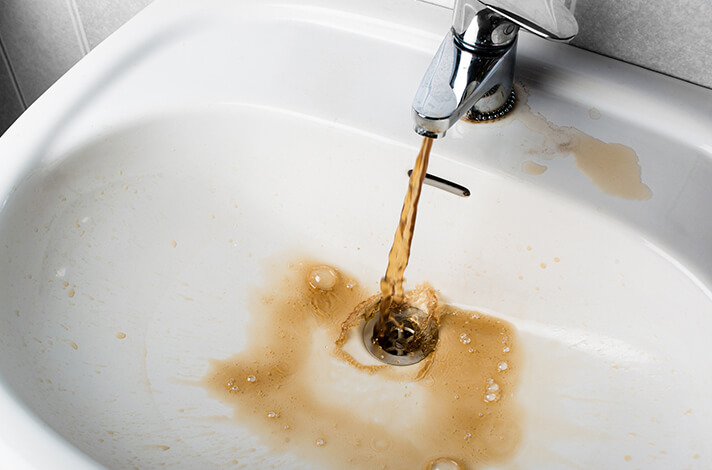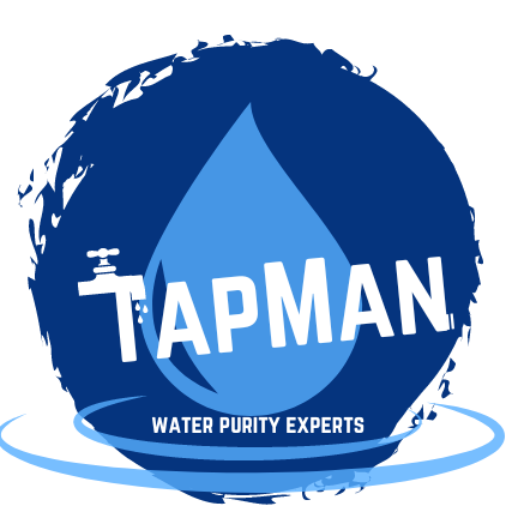Tap Water Contaminants Guide
What’s Impacting Taste, Smell, and potentially your Health
NI Water do a good job at ensuring we have freely accessible and consumable water to our homes 365 days of the year. NI Water carefully monitor most of these contaminants and each year they publish an incident report that documents instances when the recommended levels of these contaminants such as Nitrates have exceeded safe levels.
At TapManNI we think current testing and treatment methods need to be updated to mitigate other contaminants such as pharmaceuticals, pesticides, heavy metals, chemicals, microplastics, VOCs and synthetic hormones. We don’t fully grasp the long-term effects of consuming these contaminants. However, we don’t think that it’s a great idea. So, take the best steps for yourself, your family and your home by filtering them out with our comprehensive systems. It’s cost-effective, environmentally friendly, and hassle-free.

What are the common tap water contaminants?
Disclaimer - There is no way to ascertain what is truly in your water without comprehensive testing. The information herein should be used as a starting point only and does not constitute as medical advice.
Limescale, Sediment and your heating...
Sediment enters our drinking water primarily through the natural process of water interacting with minerals in the ground. When our water is heated (for example, in a kettle, water heater, or pipe), the calcium and magnesium can separate out of the water and form solid deposits known as limescale. This alongside sediment and ferrous metal deposits can accumulate over time which results in bad tasting water and higher energy costs which no one wants. If you live in an area with really bad hard water which thankfully isn’t common place in NI, then you may want to look into a dedicated water softener solution to effectively combat this.
The Carbon Trust and British Water found that a boiler with a build up of 1.6mm of limescale caused a 12% loss in heating efficiency when compared to a boiler free from crud. The only sure way to save your boiler is to filter these contaminants out before it reaches your home heating system’s water. This sediment alongside ferrous metals oxidise inside your radiators, water tanks and heat exchangers causing havoc as the sludge and crud builds. This greatly decreases your heating efficiency and we estimate that you could gain a 25% saving* on your heating bill with our Crud Buster package.
Scaling in Taps, Drains and Glassware.
Reduced water flow and pressure due to clogging.
Damage to boiler and appliance internals.
Laundry that is dull and dingy.
*based on estimations from data collected by clients and user experience, if your heating system is new you will see less of an impact. However you still receive the benefit of potentially inhibiting future problems aswell as having your entire homes water supply filtered.
Ca
Chlorine
Cl
Heavy Metals
Fe
Hydrogen Sulfide
Smell rotten eggs? Hydrogen sulfide has infiltrated your water. There are 2 ways this could have happened. First, you need to know where hydrogen sulfide is created. This pungent gas arises from naturally decaying organic matter, like the remains of dead plants or animals and their waste products. The gas isn’t released until it reaches a liquid state, whether that’s through sewage, hot springs or liquid manure. It can also extracted from petroleum products.
S
Blue-Green Algae, Pesticides, Nitrates...
Nitrates are vital for our food supply. They appear in fertilisers and pesticides which help farmers by replenishing soil after a long crop-growing season and keep away unwanted bugs. But these same nitrates that help the soil recover are toxic when they directly enter the food chain. This happens when nitrate run-off soaks into our water supply and the excess levels have resulted in a process known as eutrophication. This process causes the rapid growth of algae which depletes the oxygen in our waterways and is detrimental to our environment, some algae can also contain toxins.
P
Microplastics
The full extent of the risks is still an area of ongoing research and therefore the long-term health effects are unknown yet. Although some studies suggest that microplastics may cause inflammation and tissue damage in the gastrointestinal tract as well as influencing the composition of gut microbiota which plays a role in maintaining overall health.
M
Synthetic Hormones and Drugs
Some of the contaminants that have been found in Uk tap water by Public Health England include, ethinyl estradiol (EE2) a compound present in contraceptive pills, cocaine, antidepressants, ibuprofen, naproxen and carbamazepine.
We simply don’t know how bad the situation is as there isn’t any established routine testing for these compounds in our drinking water, however according to the 2021 YouGov survey 56% of the population took prescription drugs. So the chances of prevalence are definitely there, what makes it worse is that many of these compounds simply don’t break down naturally so they can sit in our water table for a long time. Fortunately our Ultimate 7 drinking system can effectively remove 99% of pharmaceuticals.
Hormonal Disruption: Synthetic hormones, even at low concentrations, can disrupt the endocrine system in both humans and wildlife. For example, A study conducted by the Environment Agency on male fish when exposed to estrogenic compounds showed effects of feminization on their reproductive health, leading to changes in sexual development.
Antibiotic Resistance: The presence of antibiotics in drinking water can contribute to the development of antibiotic-resistant bacteria. These resistant strains can pose a significant public health risk, making it more difficult to treat infections. .
D
Drugs
